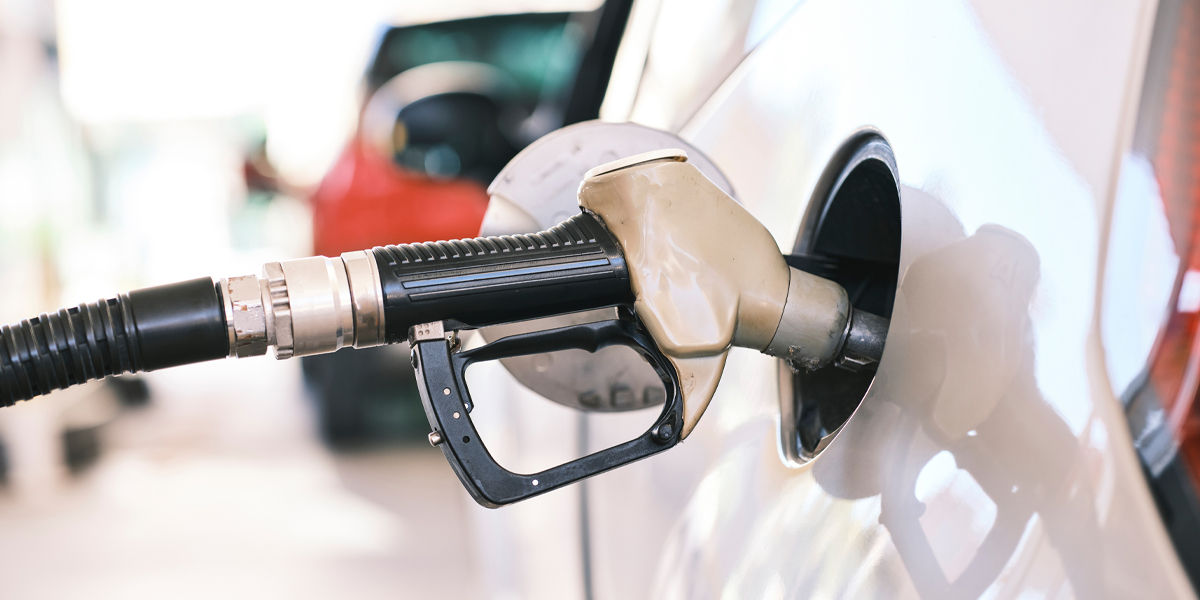Why Do Cars Have Fuel Caps On Different Sides?
On By
If you’ve owned several cars in your life then the chances are these vehicles didn’t all have the fuel cap placed on the same side – but why is this?
After all, having the fuel filler placed on the same side across all models would make life much simpler when pulling up at a petrol station.
Unfortunately, the answer to this question isn’t particularly straightforward. In this article, we’ll break down this motoring mystery.
Why can’t the fuel filler be in the centre?
You’d think having a standardised central fuel filler would be the solution. It’d make queues at the petrol station more orderly and it’d allow all drivers to use any fuel pump they wanted without a second thought.
Even though this sounds logical, modern cars aren’t built like this due to safety reasons. This is because it’d only take a minor front or rear-end collision to snap the fuel tank’s filler neck which would then cause highly flammable petrol to spill everywhere.
In fact, regulations surrounding where manufacturers are allowed to locate the filler are very strict. This means carmakers are limited to just a small area on the offside rear or the nearside rear.
Another solution is to have two fillers, one on the left and right. Jaguar has tried this on vehicles in the past but the extra engineering to facilitate this feature probably isn’t worth the hassle or cost.
Alternatively, you could invest in an electric vehicle which doesn't have a flammable fuel tank. The MG ZS, for example, has its charging flap placed next to the badge at the front of the car.

The passenger’s side is safer
Many manufacturers prefer putting the filler on the nearside rear because this makes emergency refilling at the side of a busy road safer for motorists.
If you’re parked at the side of the road, filling from the passenger’s side places your vehicle between you and the traffic whereas a driver’s side filler would have you standing directly next to the road.
However, whether the passenger’s side is left or right depends on which country you’re from. For American manufacturers, who drive on the right, the nearside is to the right of the vehicle and for Japanese manufacturers, who drive on the left, the nearside is to the left.
As a result, Japanese cars tend to favour having the fuel cap on the left side and American cars tend to favour the right.
The driver’s side is easier
Generally speaking, having the filler on the offside rear makes pulling up for petrol more practical. This placement puts the driver closer to the pumps which is good for several reasons.
Firstly, it makes reading what fuels are available easier. Secondly, it puts the driver in a better position to park up and, thirdly, stepping to the rear of the car is more convenient than having to walk around to the other side.

Cost and convenience
Even though positioning the filler on the passenger’s side might be safer under specific circumstances and placing it on the driver’s side might be easier at petrol stations, its location is often dictated by what makes sense within the structure of the vehicle.
For example, in a car that uses a cable-operated internal release for the fuel filler, it makes more sense to have the cap on the same side as the release.
Different models have different requirements and so the way in which vehicles are packaged varies from manufacturer to manufacturer. Depending on the vehicle being built, placing the fuel tank and filler on the left or right could be the difference in essential cost savings.
Fuel door Darwinism
One theory as to why fuel caps are on different sides is so that cars are evenly distributed at petrol stations. If all vehicles only used right-sided petrol pumps this would create long queues whilst left-sided pumps would remain open.
Even though there’s little evidence to support that this is something that manufacturers do deliberately when building cars, it's plausible that the current distribution of left/right fuel fillers is in a balanced state of equilibrium.
Perhaps through Darwinian evolution, the car market’s fuel cap dispersion has occurred naturally over time rather than being consciously implemented.
Conclusion
To conclude, many factors dictate the positioning of a vehicle’s fuel filler.
Often its placement is due to safety reasons, sometimes it’s due to driver convenience and sometimes it’s due to manufacturing technicalities.
It just so happens that whichever side a manufacturer does decide to place its fuel filler on, the current arrangement works perfectly in the wider automotive landscape. So if you’re hoping for a standardised fuel filler system don’t expect one to arrive any time soon.

And remember, if you’re having difficulties remembering which side of the car your fuel cap is placed, don't forget to look at your fuel gauge! A small arrow will point to which side it’s located.

